By Jimmy Steinfeldt
Palm Desert, CA (The Hollywood Times) – 10/17/25
I had the honor of interviewing two of the amazing artists at the new fall season art opening at Melissa Morgan Fine Art in Palm Desert.
LEO MARMOL – PAINTER
Jimmy Steinfeldt (JS): I’m here at Melissa Morgan Fine Art visiting with painter and famed architect Leo Marmol. Joining us is my dear friend photographer Glen Wexler who knows a lot about architecture. His father Donald Wexler was the architect of the Palm Springs airport. Leo, tell me about your new work, I can’t believe how many pieces you have in this exhibit. Have you done nothing but paint since I interviewed you in 2022?
L-R: Glen Wexler, Leo Marmol, Jimmy Steinfeldt
Leo Marmol (LM): Yes Jimmy, all I do is sleep and paint. No, no, no. I have a real job. Painting for me is something I do for myself. Melissa Morgan has been so incredibly supportive. She has given me several shows and these are my current Desert paintings. It’s about color and texture and my response to this valley.
JS: I love the desert so much I moved here! Tell me about these two paintings.
LM: They are independent paintings but they were done at the same time with the same idea. They are about building the structure underneath and then painting sand the desert texture over it, which form what the desert is. An atmosphere of change. The wind and the sun and the impact they have on the structure. The desert provides us with such an incredible reservoir of history. These are not architectural paintings but there is a structure to them.
L-R: Jimmy Steinfedt and Leo Marmol
Glen Wexler (GW): Leo, I’ve been thinking a long time about your work. Architecture is about realization, building something very specific to work within an environment. When you paint are you pre-visualizing or do you approach the canvas more spontaneously.
LM: Both. There are some paintings that are pre-planned and I know where I’m going. There are others that just begin as exploration. Many of the paintings in this exhibit are explorations of color and texture. These behind me are more pre-planned. I build a structure and add texture on top.
GW: I see in these paintings a bridge to your architecture.
LM: I’ve tried to keep my painting separate from my life as an architect but I’m just now accepting that they’ve never really been separate. Art allows us to put on display our vulnerabilities.
JS: Leo, choose another of your works for us to discuss.
LM: These two also have a structure beneath the over paint. These have a reservoir of form and color that inhabit the canvas. On top of that I’ve layered wind and sand. What I love about the desert is the mountains provide such a powerful backdrop to everything. Then there is how the wind scatters the elements through the landscape. These paintings are about an underlying beauty of the desert, that is then blown over by the gentle texture of wind and sand.
JS: We have a lot of wind here. You should see my swimming pool!
LM: Yes, it’s hard to keep a pool clean.
CURT BRILL – SCULPTOR
Jimmy Steinfeldt (JS): Tell me about this tall sculpture.
Curt Brill (CB): All pieces are named after the models I use. I have them freely walk around the studio or sit or recline or eat lunch or chat with their friends. This one is called Michelle and Hallie Berry has one of these in her home. I started off doing realistic work.
Later I had a friend who was a very comical guy yet very shy. He came in while I was working one day and immediately started cracking jokes but I kept working. Later I decided I wanted to work in a freer, less realistic way and since then I’ve never left it.
JS: Tell me about this humongous incredible piece.
CB: Normally I would not work unless I know the model. Most of the time the best poses are when the models are on break. This model took a break and I loved the pose. I did a quick clay study. From there I blow them up to keep the original integrity of the work. This giant blow-up can show big hands, etc. allowing me to do these gestural studies. I find that we don’t see people with all that detail. When we see our friends, we can recognize them from two blocks away without seeing the detail. There is something about them. That’s what I hope to capture in the work.
Curt Brill
JS: Tell me about this piece.
CB: That’s one of my first pieces. From the 1990 era. You can see all the texture on it. The original was done in plaster. I wanted to keep the integrity of the original plaster work.
When I do a piece out of clay I want the bronze to look like clay, like it were made of clay. I’ve recently gone back to my early pieces and started painting them, so I give color to them.
JS: Tell me something about yourself. What of yourself do you see in your sculptures?
CB: When we view art, so many times we measure it up to what we think is perfect. The art almost never measures up to this idealized version. When the work is left to develop on its own it’s not just about what’s being seen but how it’s done. The materials that are used, the energy that was put in to it. That’s what I try to maintain. Otherwise the pieces look very static. They can look like mannequins which I would prefer that they don’t. Hopefully they are a little bit more spontaneous and fluid. More alive.
